10 Good News Stories from 2023
Estimated reading time: 0 minutes
BY: Rachelle Naddaf
Topics:
In a world filled with challenges and uncertainties, it’s easy to overlook the waves of progress and positive change that ripple through the world of ocean conservation. As we bid farewell to 2023, join us as we take a moment to turn the spotlight onto good news stories, tales of ocean optimism and victories for the ocean. These stories, ranging from groundbreaking research to incredible organizational and community-driven initiatives, offer threads of hope as we strive to protect and restore the ocean.
Without further ado, lets dive into 10 of our favourite good ocean news stories from 2023:
1) New marine protected area in the Humboldt Archipelago off the coast of Chile is celebrated by local communities
The announcement of a new Marine Coastal Protected Area, the “Humboldt Archipelago,” represents the achievement of a decades-long fight driven by artisanal fishers, eco-tourism operators and science and civil society organizations to protect this important marine region. The Humboldt Archipelago is recognized for its abundance of fishing resources and diverse marine life, including charismatic species like blue whales, Humboldt penguins and several species of dolphins. In recent years, this region has been exposed to threats from industrial mining and port development projects, like Dominga and Cruz Grande, so this announcement is a huge win for these ecosystems and local communities that rely on them.

2) Extensive deep-water coral reefs discovered around the Galapagos Islands
Researchers found new, sprawling deep-water coral reefs in the waters off the Galapagos Islands during work to map the seafloor in the area. The reefs are the first of their kind to be documented inside the Galapagos Marine Reserve and support diverse communities of deep-sea marine life, including stony coral species, octopus, batfish, sharks and squat lobsters, at depths between 370 and 600 metres. These reefs are not only very old they are essentially pristine, unlike similar deep-water reefs found around the world where many have been damaged by bottom-contacting activities like industrial fishing and oil and gas exploration.
3) More than 70 countries signed the landmark High Seas Treaty
After nearly two decades, over 70 countries signed the High Seas Treaty at last year’s United Nations General Assembly. It aims to promote equity and fairness, tackle environmental degradation, fight climate change and prevent biodiversity loss in the high seas. The high seas are areas of the ocean outside the jurisdiction of individual countries, which account for nearly 95 per cent of the ocean’s volume. The adoption of this agreement is a monumental win for ocean protection and will allow for the development of special marine protected areas to limit overfishing, shipping and deep-sea mining; addressing a huge gap in ocean protection as only about one per cent of the high seas is currently protected.
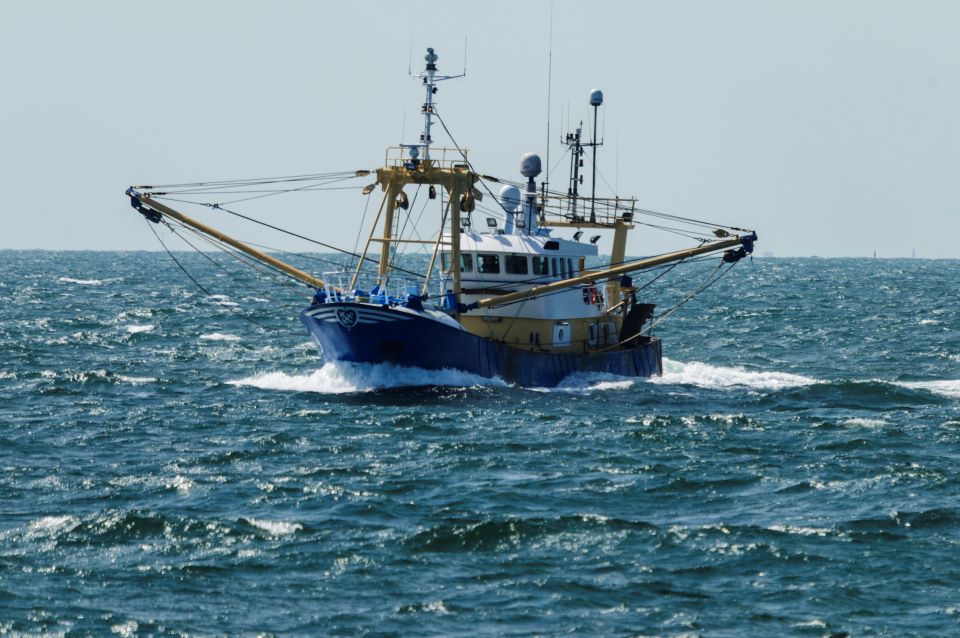
4) Over 5,000 species new to science discovered deep in the Pacific Ocean between Mexico and Hawaii
During an expedition to the Clarion-Clipperton Zone (CCZ) – a mineral-rich swath of the Pacific Ocean between Mexico and Hawaii – researchers found more than 5,000 new marine species that are entirely new to science. These included strange shellfish, carnivorous sponges, sea cucumbers, worms and spiny invertebrates that resemble urchins. The Zone is considered one of the most pristine wildernesses on the planet and, with much still unknown about it, it is imperative to learn more about the newly discovered species and how they are connected to the unique environments around them.
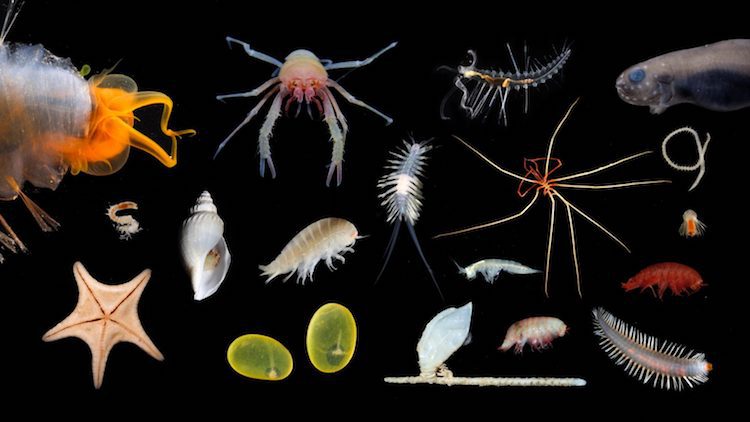
5) Hundreds of endangered seahorses are released back into the wild to help restore the population
White’s seahorses are the only seahorse or sea dragon species found on Australia’s endangered species list, but a project aiming to restore their population in the wild is seeing great success. This past year, scientists released over 350 baby seahorses back into the wild, in refuges and specially made seahorse “hotels.” These hotels are essentially cages that keep out larger animals while creating habitat for the seahorses, algae and their prey species like crustaceans. This project is an important step in restoring these seahorses which rapidly declined due to coastal development and boat moorings that destroyed their habitat.
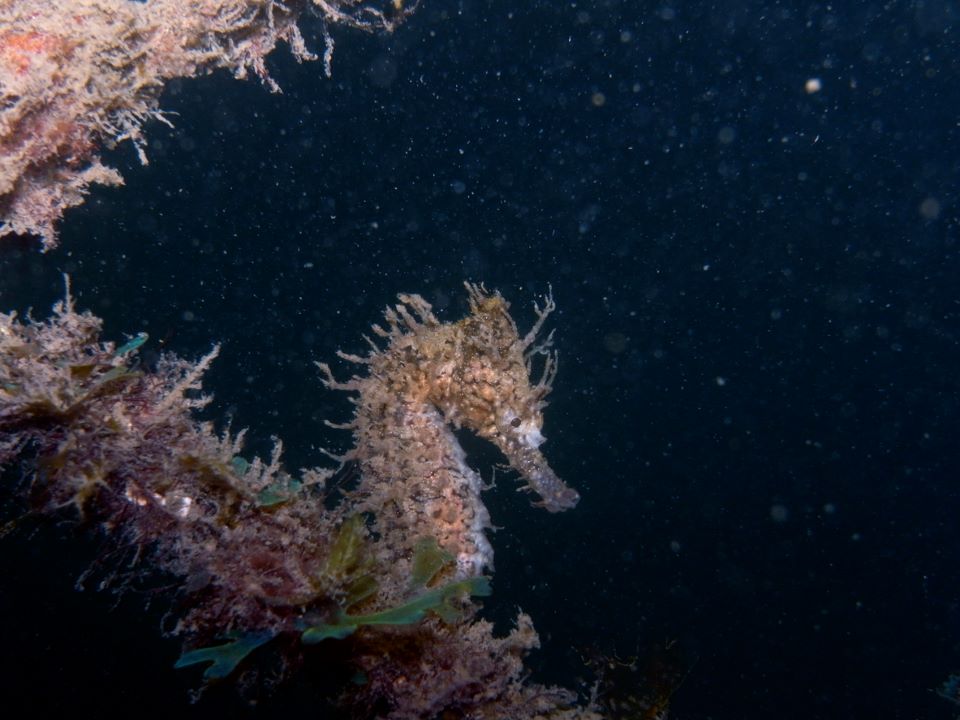
6) Dominica announces the first ever sperm whale marine reserve
Late last year the Caribbean Island of Dominica announced it will create a 788-square-kilometre marine reserve with the intention of helping protect endangered sperm whales. The population of sperm whales in this region consists of less than 300 individuals, threatened by entanglements in fishing gear, ship strikes and pollution. This region is important for the whales, as it encompasses a known feeding and nursery area, and aims to protect them from their known threats by limiting or eliminating these activities within the reserve’s boundaries.
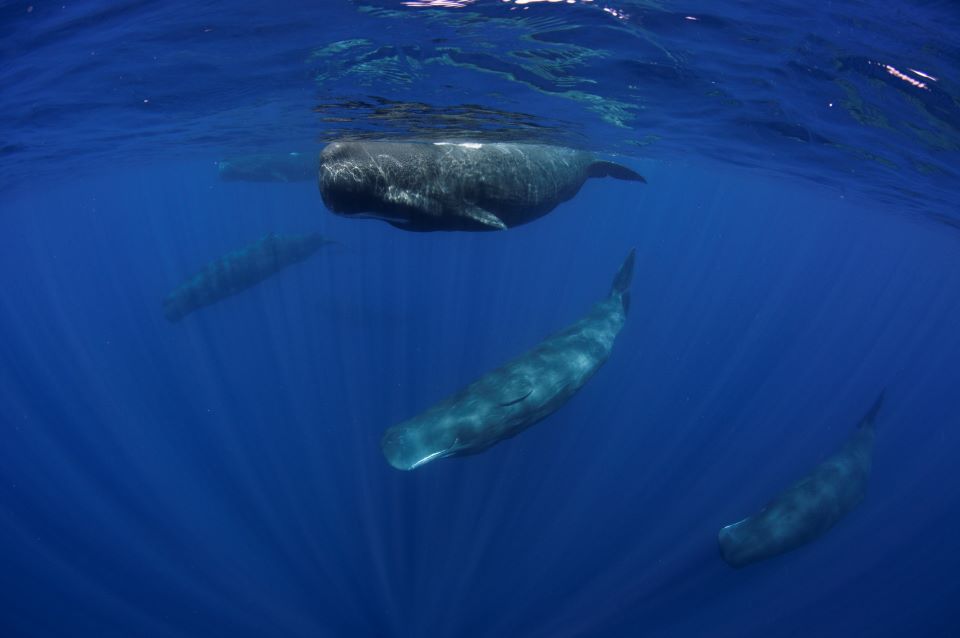
7) Maine sets records for runs of Atlantic salmon and herring
Maine is the only place in the U.S. where Atlantic salmon return to spawn in its rivers, and this year was one of the most productive years not only for Atlantic salmon but for other river-spawning fish as well. The Penobscot River in Maine is known as one of the most productive river-systems in the region, and this past year saw record-breaking numbers of spawning fish, with the most ever counted blueback river herring and the second most Atlantic salmon since 2000. Some estimates figured that 90 per cent of Maine’s habitat for river-spawning fish was previously blocked by dams and other obstructions, but the removal of several dams, including the Bangor Great Works Dam from the Penobscot River, has restored these habitats and allowed fish to return and spawn.
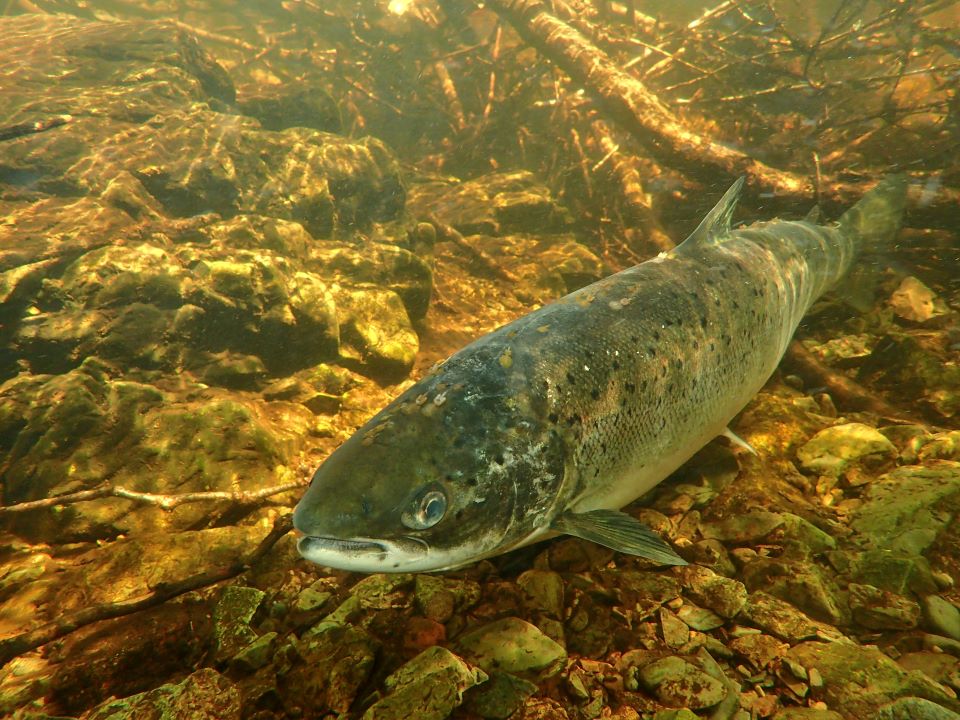
8) The Ocean Cleanup organization launches its largest system that can clean the size of a football field every five seconds
The Ocean Cleanup organization, which has been working hard to remove plastic waste from the Great Pacific Garbage Patch, deployed a new system in September last year. It is nearly three times larger than its previous one, and claims to be able to clean an area equivalent in size to a football field every five seconds. While stopping the plastic problem requires reduction or elimination of unnecessary plastics right at the source, rather than after-market cleanup, technology like this allows us to clean up legacy plastic that has already polluted the environment.
9) Scientists find a new ecosystem beneath the seafloor
During an expedition to a well-studied underwater volcano on the East Pacific Rise off Central America, researchers from the Schmidt Ocean Institute uncovered new ecosystems under the ocean floor. Using an underwater robot to overturn pieces of volcanic crust along the volcano and hydrothermal vents, they found narrow cave systems filled with ecosystems of worms, snails and bacteria living underground. This remarkable discovery highlighted that we still have much to uncover and learn about the oceans, and that life can exist in incredible places.
10) Australia blocks proposed coal mine near Great Barrier Reef
In a huge win for Australia, a proposed open pit mine less than 10 kilometres from the Great Barrier Reef was denied by Australia’s environment minister. The project posed a high risk to freshwater creeks, groundwater and the Reef, including seagrass meadows that providevital nurseries and feeding grounds for several marine species, including marine mammals like dugongs and commercially important fish. This decision was hailed as a victory for the ocean, for tourism, for communities that depend on the Reef for their livelihoods and for everyone who cherishes and admires these incredible ecosystems.
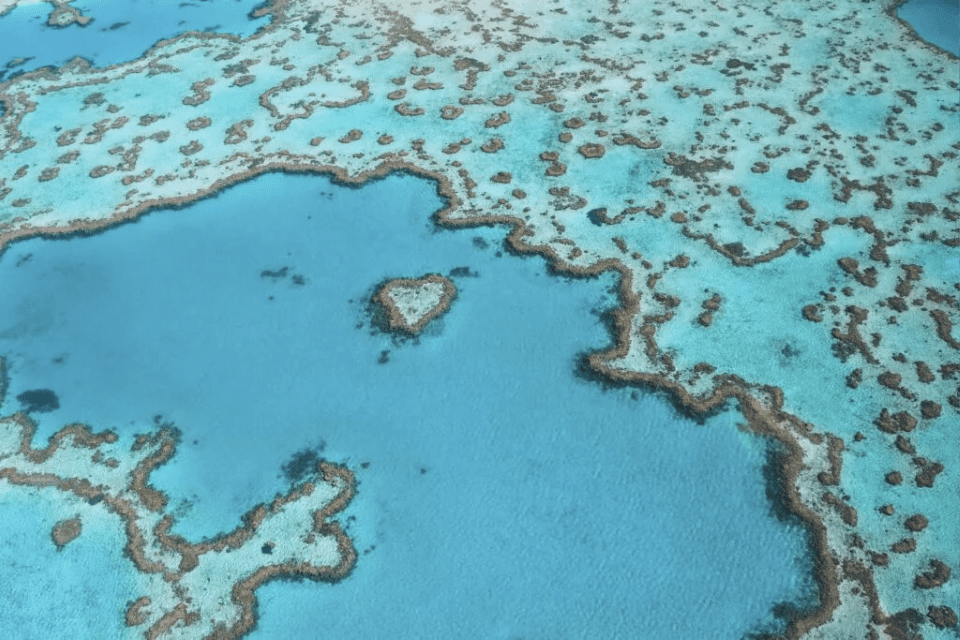
To stay up to date on more ocean news stories, challenges facing the ocean and ways you can help protect marine life like whales, sharks and sea turtles, join our community of Wavemakers today!

